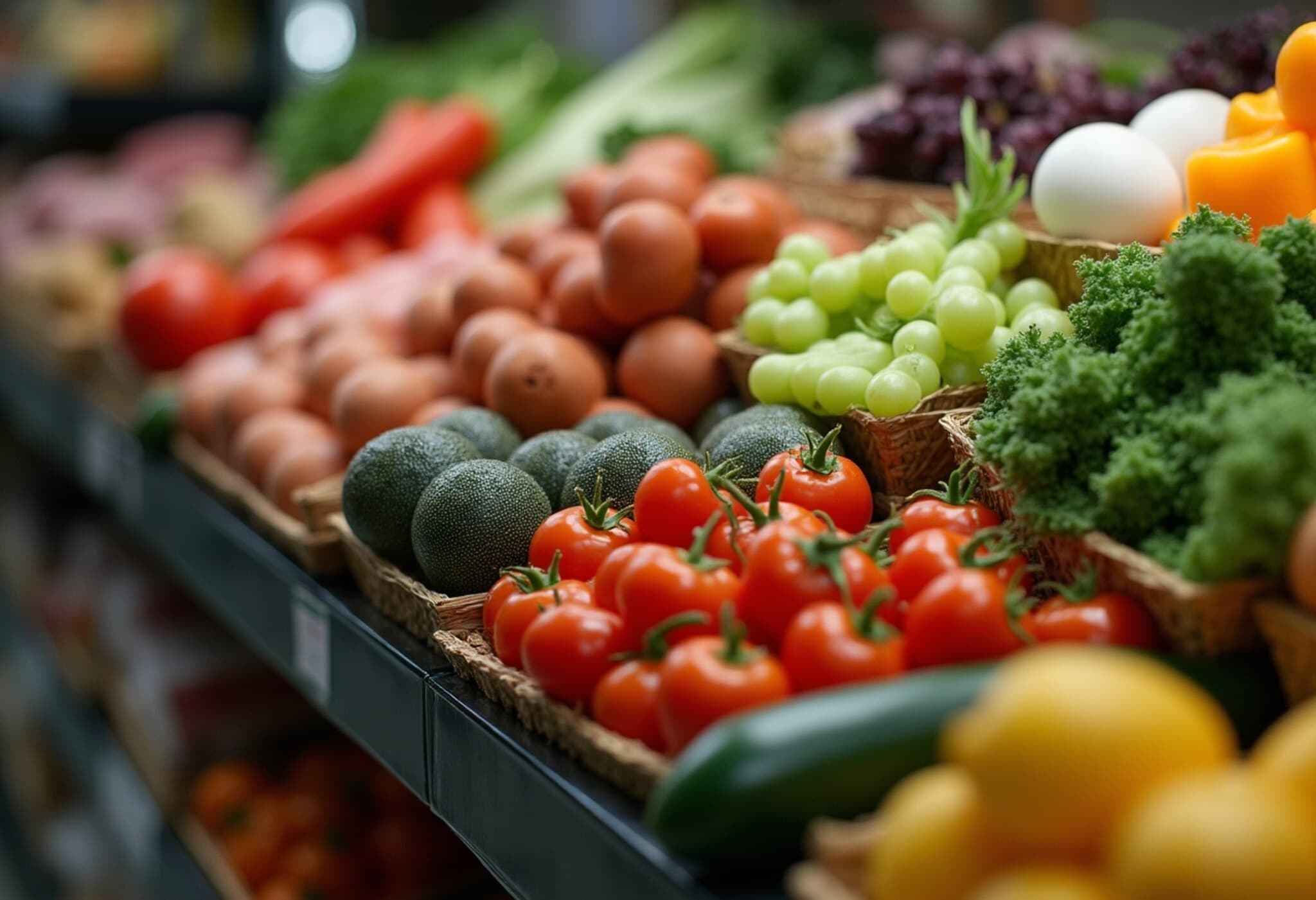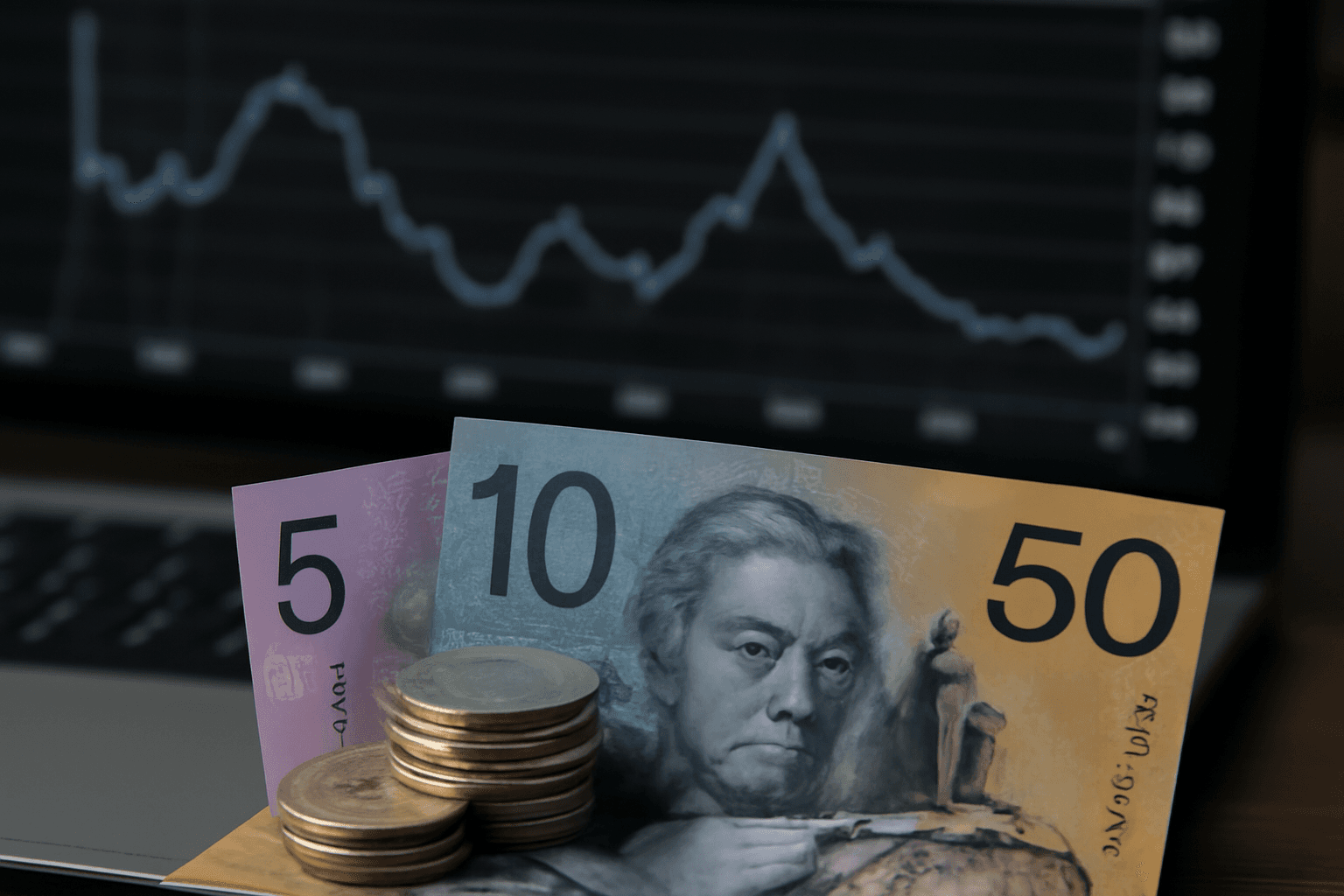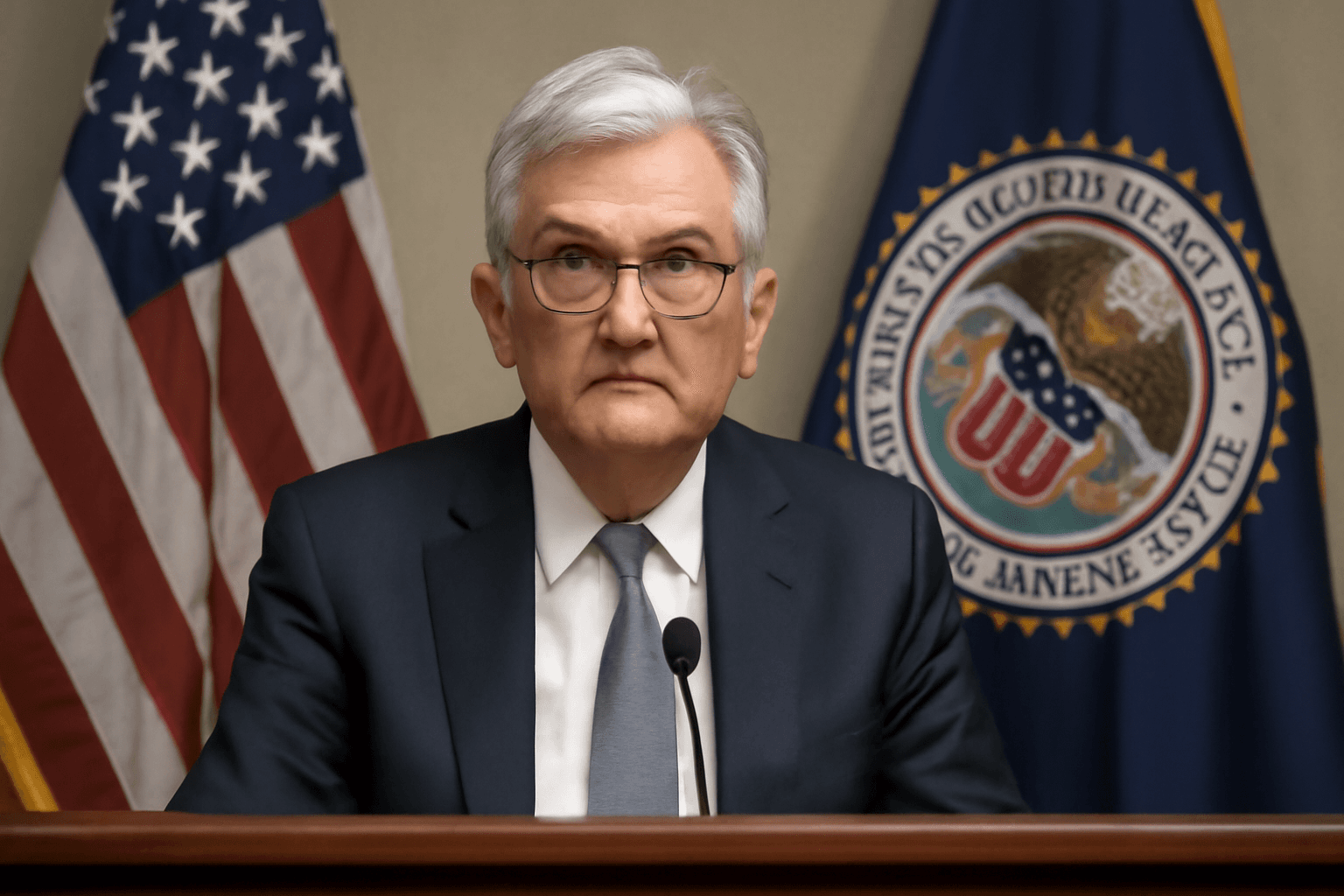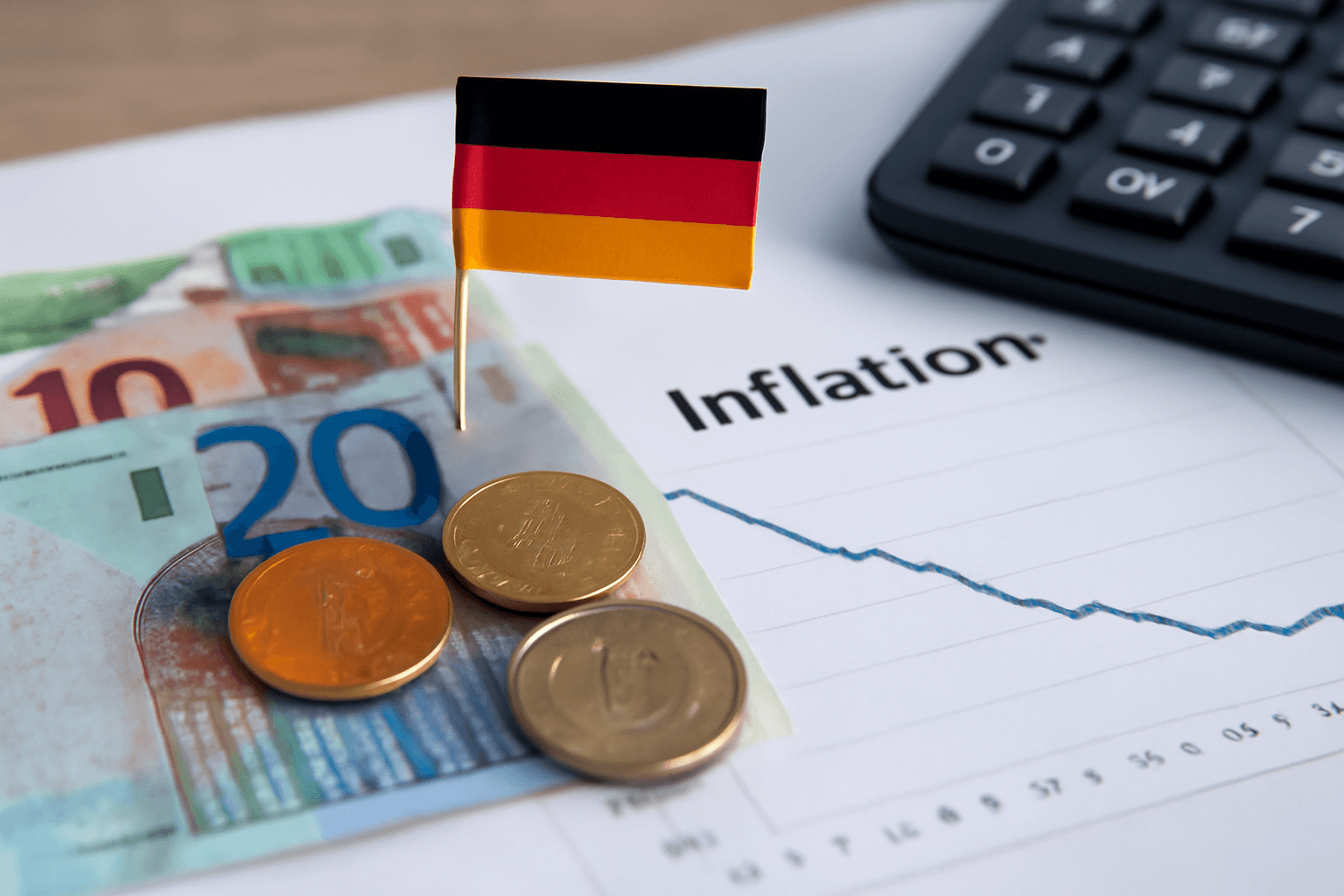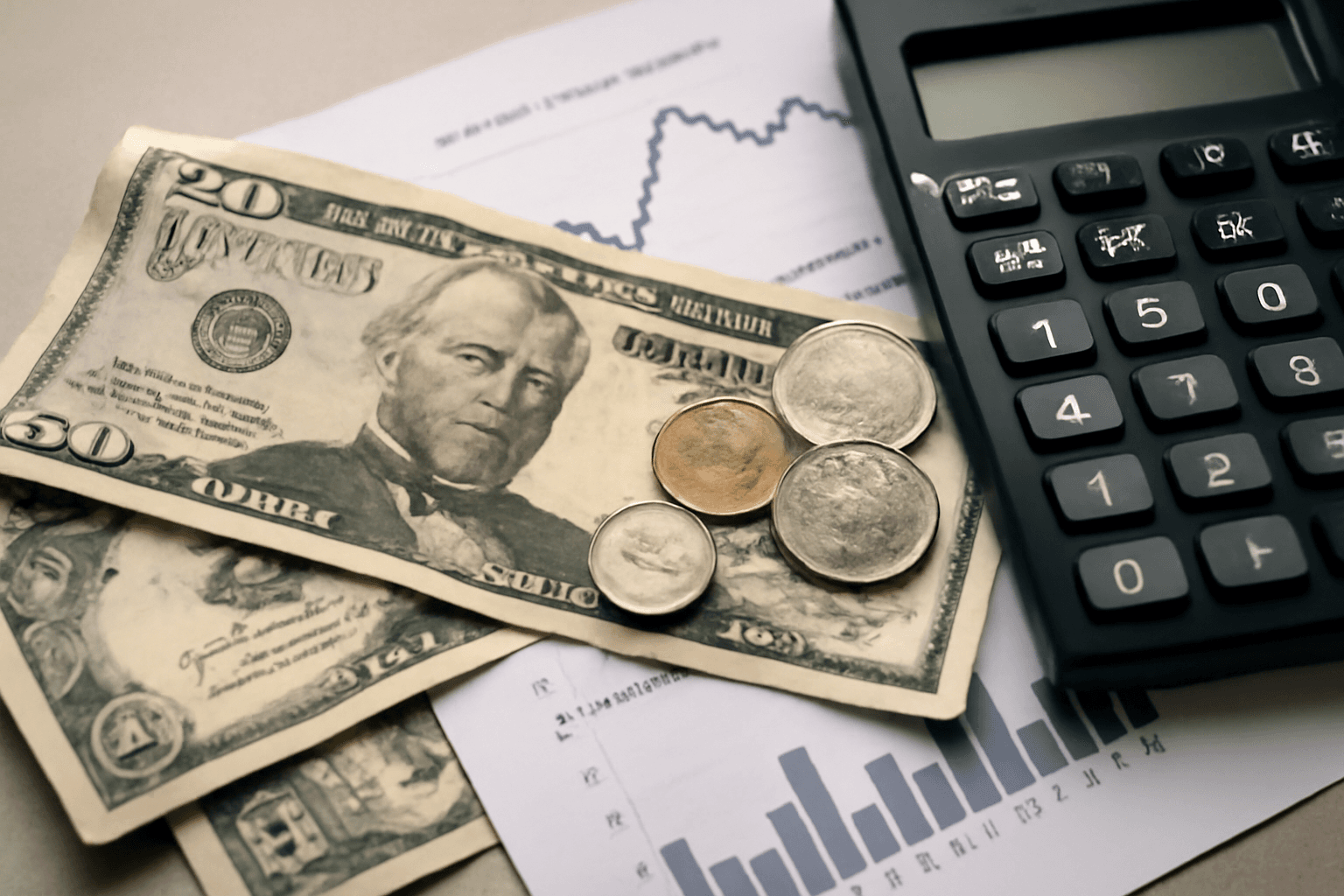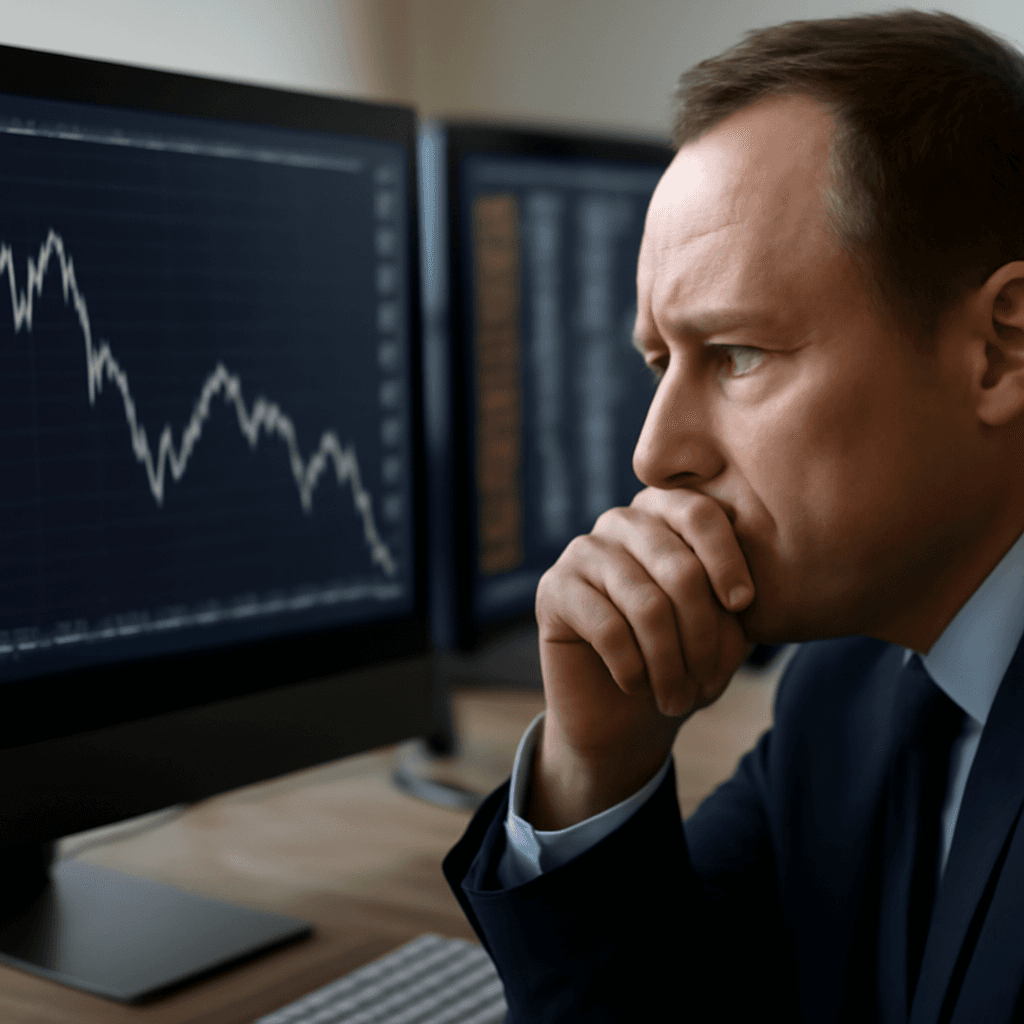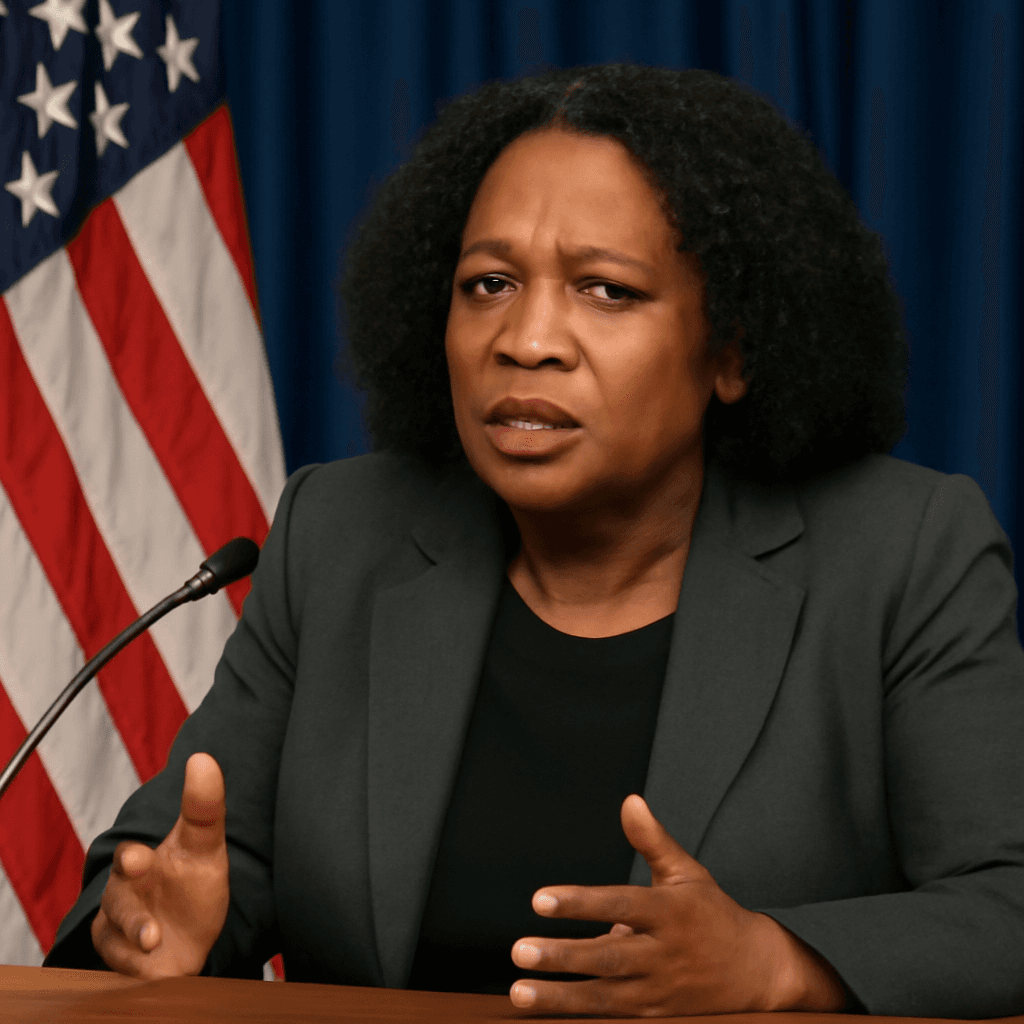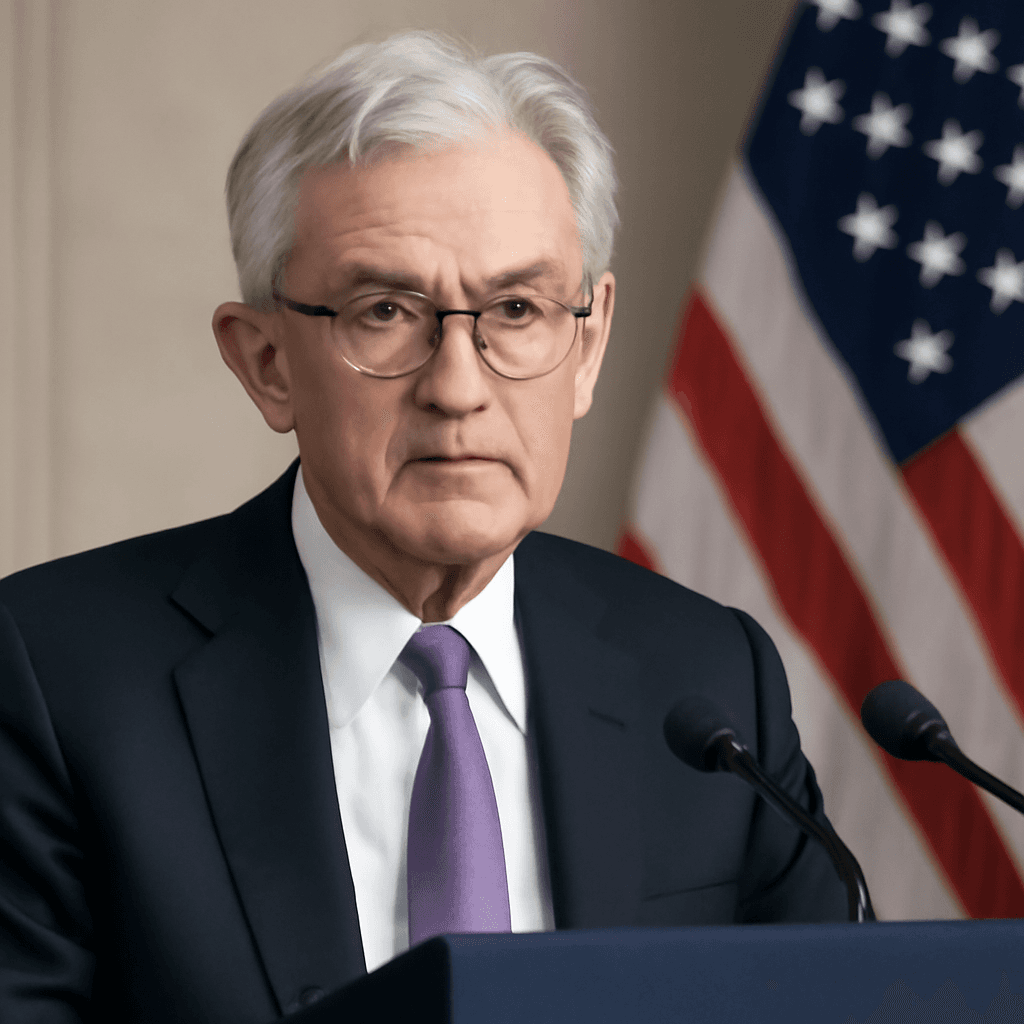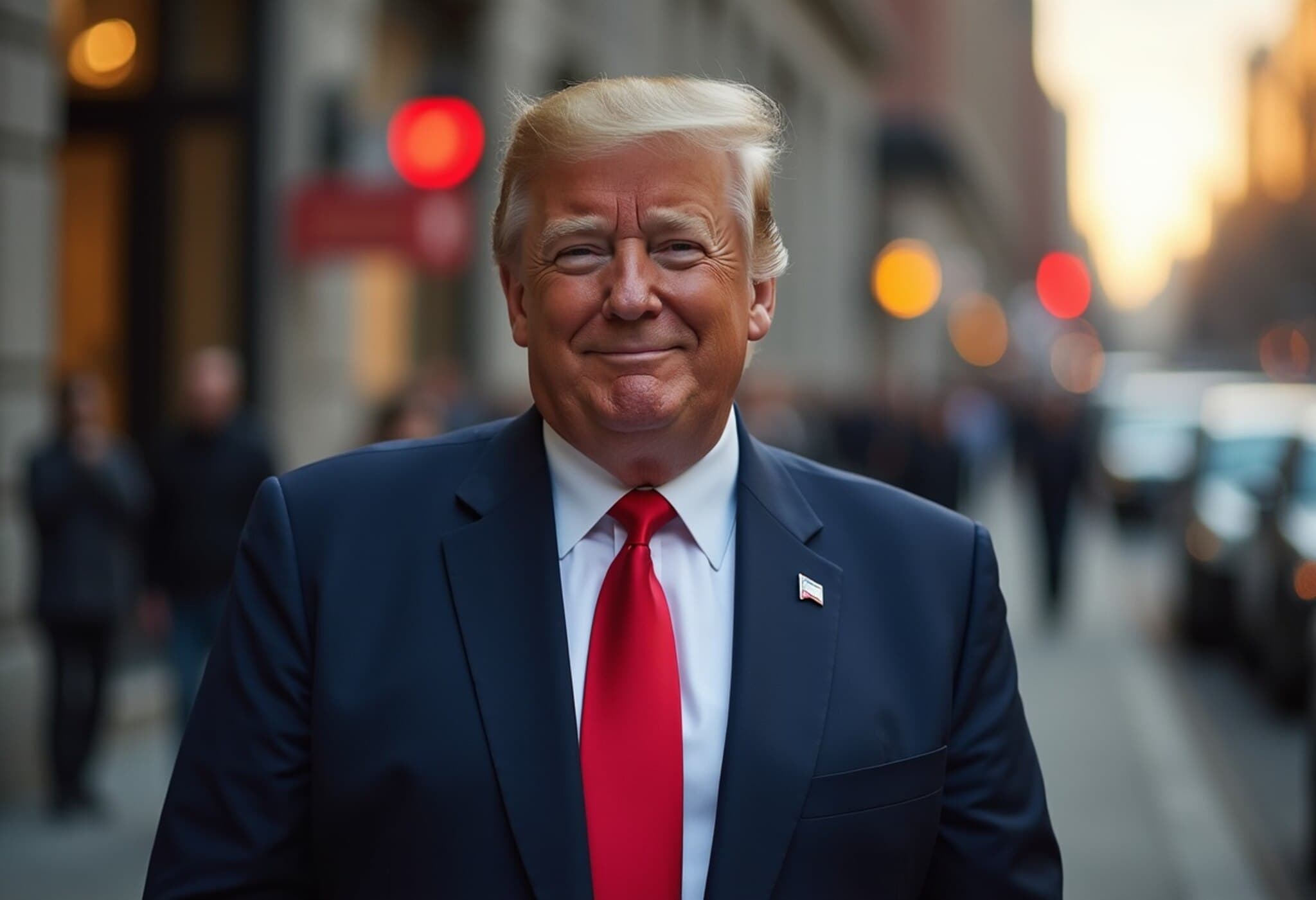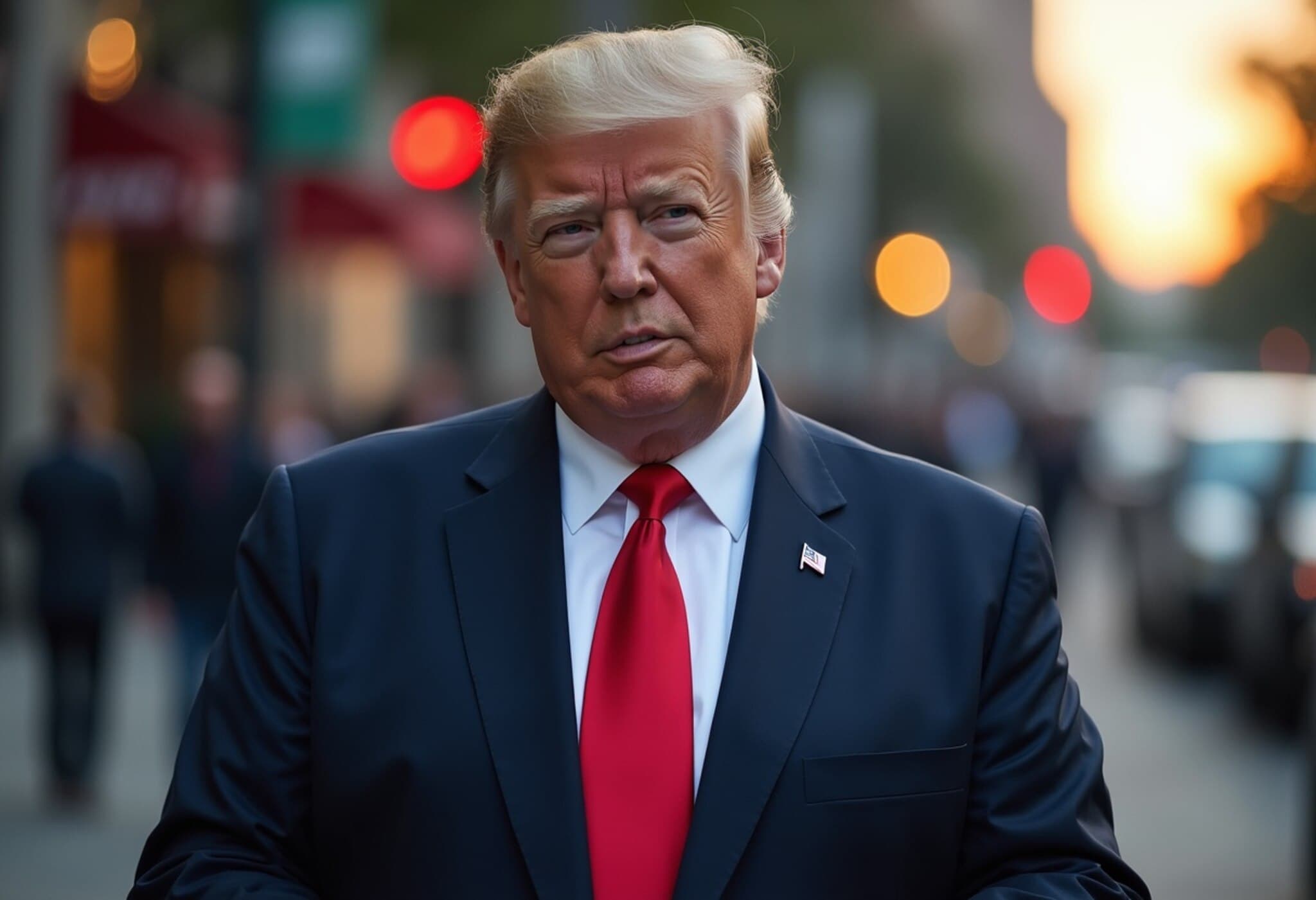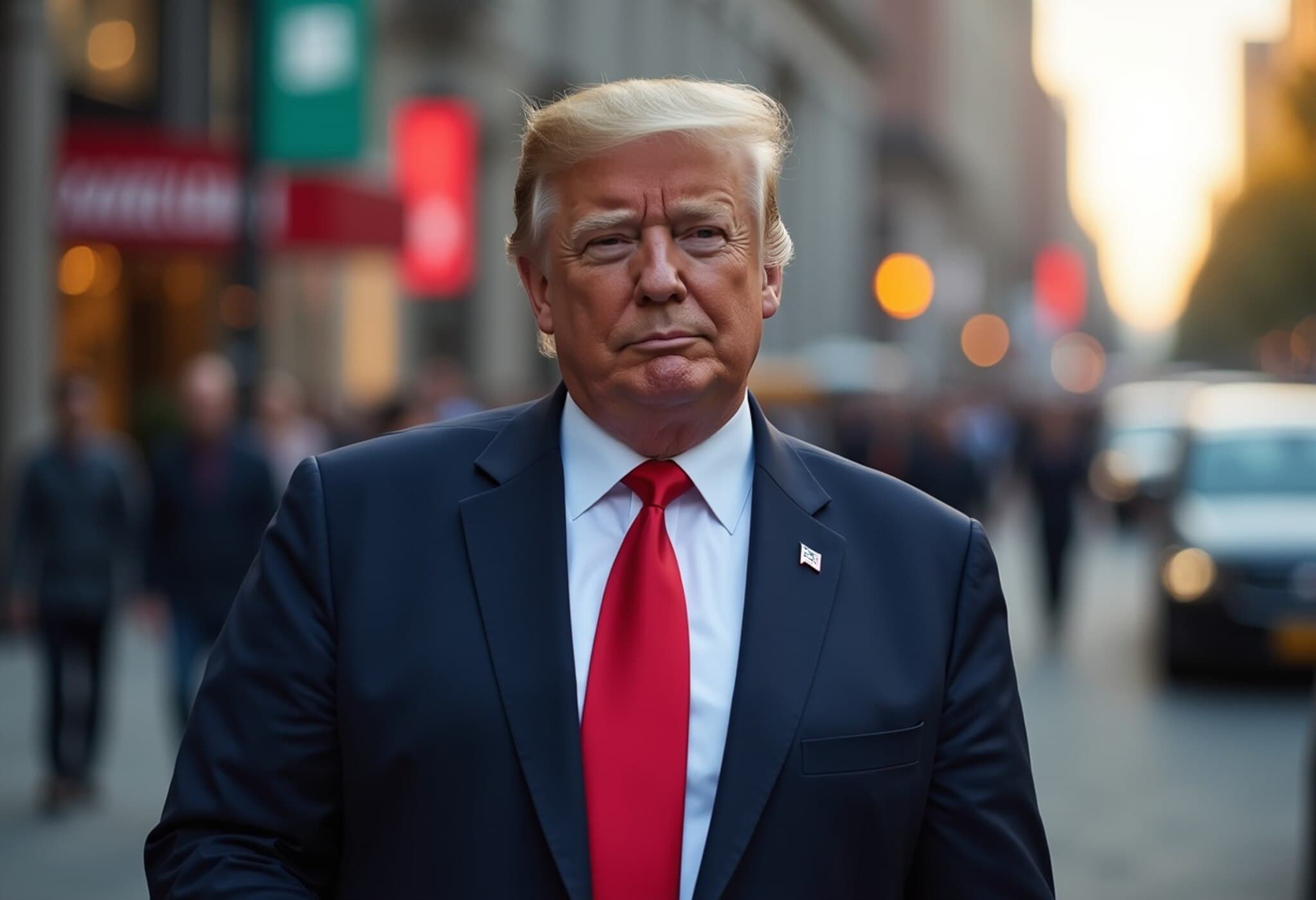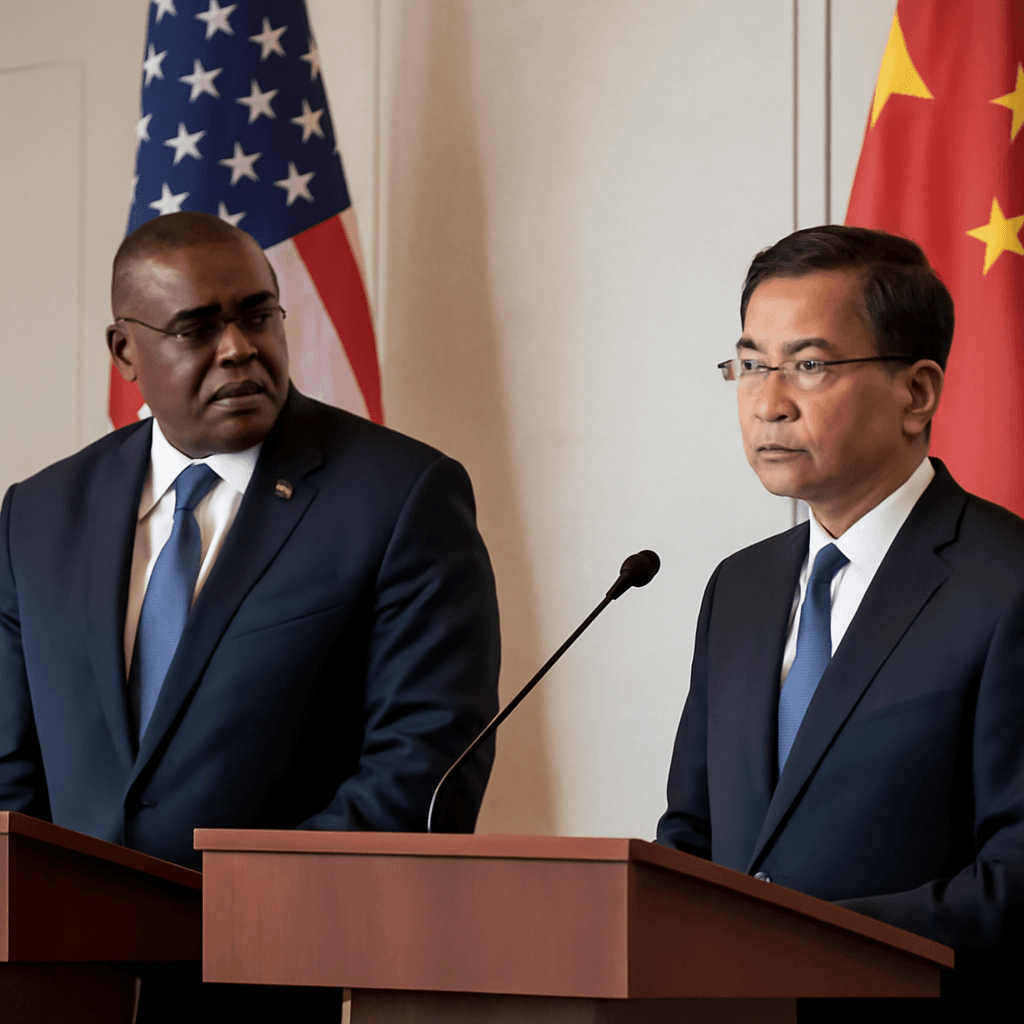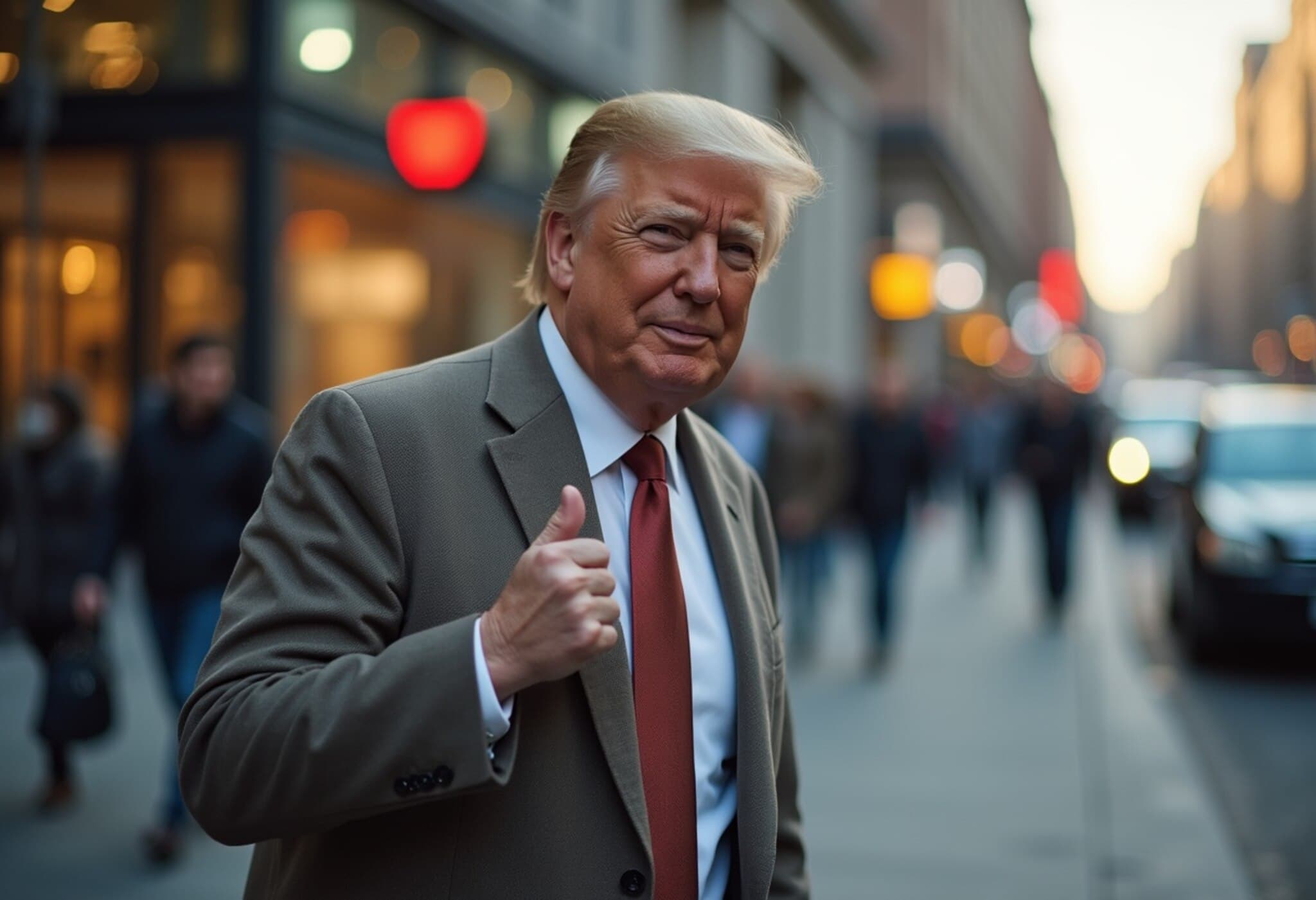Trump-Era Tariffs Push Food Prices to Unseen Heights in July
Americans are feeling the pinch as tariffs implemented during former President Donald Trump’s administration continue to ripple through the economy, pushing food prices — especially fresh and dry vegetables — to surge by 40% month-over-month in July 2025. These sharp price hikes come amid wholesale inflation reaching a three-year peak and retail inflation marking its highest level in half a year.
Wholesale Inflation Hits a Three-Year High
The Producer Price Index (PPI), which tracks wholesale price changes before goods reach consumers, climbed 0.9% in July, outpacing the anticipated rise of 0.2%. The year-on-year increase of 3.3% marks the steepest jump since 2022. This upward trajectory signals an inflationary pipeline that experts warn will likely flow into higher retail prices in the near future.
Consumers Face Growing Costs Across Essentials
Food prices are experiencing significant strain. July’s Consumer Price Index (CPI) data reveals substantial increases in staples such as:
- Meat: up 5.8%
- Poultry: up 3.1%
- Eggs: soaring 16.4%
- Coffee: climbing 14.5%
Tariffs play a notable role here, especially for items like coffee that are not domestically produced and thus more vulnerable to import cost inflation. Moreover, household electronics prices rose by 5% in July, while core inflation — which excludes food and fuel — nudged up to 3.1%, exceeding the Federal Reserve's 2% target ceiling and adding pressure on monetary policy.
Expert Insight: Inflation’s ‘Pipeline’ Effect
Michelle Green, a former economist with the U.S. Department of Labor, explains, “These PPI numbers highlight ongoing 'pipeline inflation' pressures likely to translate into higher consumer prices in coming months.” In other words, as producers grapple with higher input costs due to tariffs and other factors, they often pass these charges down to consumers, fueling persistent inflation.
Tariffs’ Growing Toll on American Households
Initially, retailers attempted to absorb increased tariff costs, possibly anticipating the levies would be temporary. However, recent analyses released by financial institutions like Goldman Sachs and detailed by The New York Times reveal a different story:
- In early weeks post-tariffs, only about 22% of the additional costs reached consumers.
- By October 2025, this pass-through rate is expected to soar to 67%, signaling increased consumer burden.
This trend underscores how tariffs, originally designed as tools for trade leverage, can materially impact everyday Americans by inflating prices for food and essentials.
Why Does This Matter to the U.S. Economy?
Higher inflation, especially in essential goods, reduces purchasing power and strains household budgets, hitting low and middle-income families hardest. The Federal Reserve faces an unenviable task balancing efforts to cool inflation without triggering economic slowdown. Meanwhile, tariffs remain a controversial policy lever, raising critical questions:
- Are tariffs accomplishing their political and economic goals, or primarily burdening consumers?
- What alternative trade or economic policies could protect domestic industries without stoking inflation?
Looking Ahead: What Consumers and Policymakers Should Watch
With wholesale inflation signaling further price hikes, consumers may brace for a costlier 2025 holiday season and beyond. Policymakers should carefully weigh the inflationary consequences of tariff policies against their intended benefits, engaging in transparent debates about long-term trade strategy and economic resilience.
Summary: The Trump Tariff Legacy Lingers in Grocery Carts
While tariffs aimed to protect American jobs and industries, a clear side effect is mounting inflation for everyday American shoppers. Fresh vegetables jumping by 40%, soaring egg prices, and increasing electronics costs reflect a broader challenge: economic policy decisions made years ago still ripple through today’s markets, shaping the cost and quality of life for millions.

